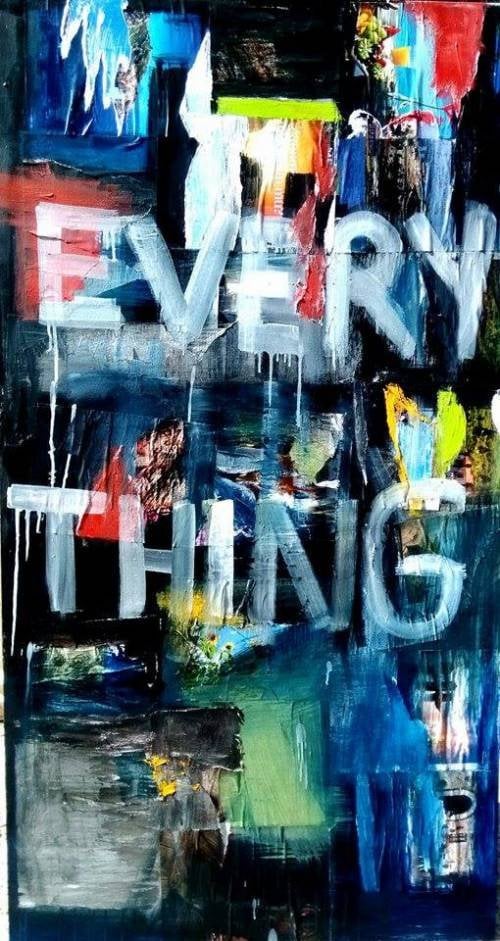Art World
Would You Buy a Painting on the Tinder For Art?
But is it really a viable platform for art sales?

But is it really a viable platform for art sales?

Henri Neuendorf

Swipe right if you like what you see, swipe left if you don’t. No this isn’t a dating app, it’s wydr, a new art buying platform that utilizes the same like/dislike structure popularized by Tinder.
“Wydr changes how people interact with art,” co-founder Matthias Dörner told Tech Crunch. “No curator, as all artworks are community curated. Artists get feedback on what users like, and users see what’s hot.”
The app takes into account the accumulated likes/dislikes of users to produce a rating system symbolized by one to five hearts. Most of the works available on the platform are original pieces, not prints and hundreds are added to the database every week.
But with an average transaction value of only $430, who is this app targeting? “Our customers like to be original, without spending a fortune at an art gallery, and without buying one of the many generic posters at a furniture shop,” Dörner explained. “Wydr isn’t for the art collector, but for the casual art lover.”

Yağmur Turan, everything, a work of art for sale on wydr for €1,529 (about $1,696). The artist will ship it from Turkey. Courtesy of wydr.
In other words, art galleries in New York, London, or Berlin don’t really need to be afraid of any serious competition. Dörner added, “Art galleries are for the 1%, wydr for the 99%.”
Despite these relatively low price points, the co-founder insists that the concept is resonating with people. He says active users are “in the five digits,” and that 40 percent of first time buyers make repeat purchases.
On the other side of the equation, approximately 400 artists have signed up to offer their work on the site. The advantage for fledgling artists is clear, with access to a large, primarily young audience of interested buyers.

A woman checks out art on wydr. Courtesy wydr.
The company, on the other hand, takes a 30 percent cut of all transactions—although it helps subsidize shipping costs.
Numerous similar art startups have tried and failed to get a hold in the art market, with Artlist being the latest casualty in the tricky online art space. So the question remains: is this really a viable platform for buying and selling art? Must prospective art buyers be told what’s good based on the opinion of other app users? Is this business model sustainable? Only time will tell.